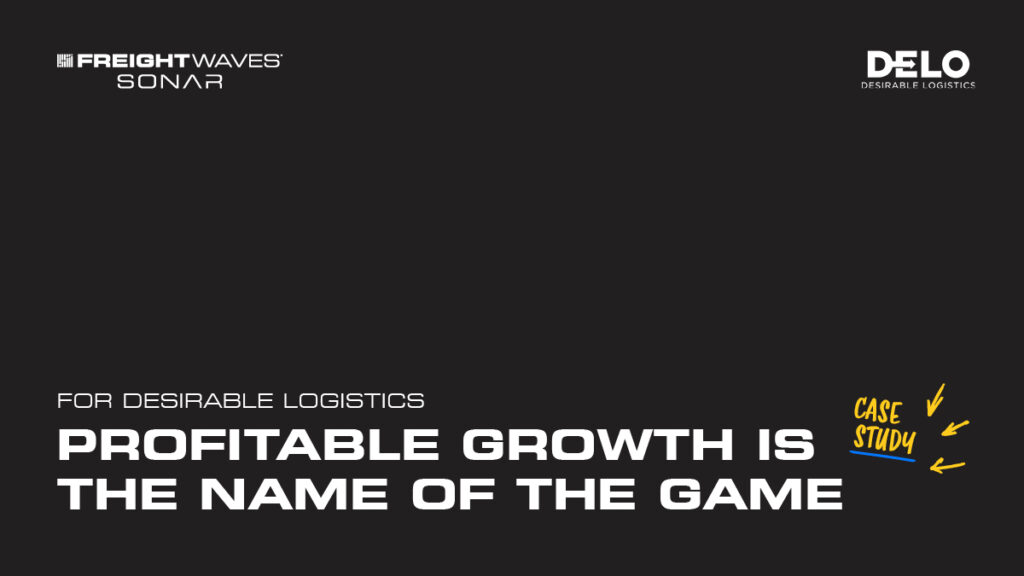
For shippers, the approach to transportation procurement software is evolving. Traditionally, shipping companies have relied on manual tools and processes,
predominantly managing their requests for proposals (RFPs) and bids using simple spreadsheets.
This approach is cumbersome and fraught with challenges such as limited visibility, inefficient data management, and difficulties in bid analysis.
However, with the advent of specialized transportation procurement software solutions like Keelvar, Emerge, and Jaggaer, there’s a noticeable shift in how transportation procurement is managed.
Challenges of Traditional Methods
Historically, the use of spreadsheets for transportation procurement posed various challenges, including limited visibility, inefficiencies in data management, and difficulty in analyzing bid information.
With supply chains becoming more vast and complex and the demand for real-time insights growing, it became evident that a more sophisticated approach was necessary.
The shift to transportation procurement software addresses these challenges effectively.
Benefits of Transportation Procurement Software
Switching to a procurement software provides numerous advantages that transform the procurement process for shipping companies.
These platforms automate and digitize procurement workflows, simplifying data management and enhancing decision-making capabilities.
• Centralization and Standardization
These platforms centralize procurement tasks, reducing the reliance on multiple spreadsheets and allowing for a more organized approach to managing bids.
This not only makes the process more efficient, but also reduces the likelihood of errors and enhances productivity.
• Enhanced Analytical Capabilities
Moreover, these software solutions provide advanced analytics capabilities that empower shipping companies to make data-driven decisions throughout the procurement lifecycle.
By aggregating and analyzing historical bid data, shippers can identify trends, benchmark performance and forecast future transportation costs more accurately.
This level of insight enables them to negotiate better terms with carriers and optimize their overall transportation budget strategies.
• Data Integrations
One notable feature of these newer software platforms is the ability to integrate third-party market data into the procurement process.
Access to data from reputable sources like SONAR allows shippers to assess the appropriateness of carrier bids more effectively and make better-informed decisions.
This real-time visibility into market dynamics enables them to adapt quickly to changing conditions and make adjustments in response to market fluctuations,
ensuring their transportation procurement strategies remain aligned with current industry trends and demands.
Conclusion: Modernizing Procurement Practices Is Key
The movement from manual spreadsheets to advanced procurement software is a key development in the transportation industry.
By embracing procurement platforms, shipping companies can modernize their operations, enhance efficiency and better navigate the complexities of the industry.
Armed with trusted market data and powerful analytics, these companies are equipped to refine their procurement strategies and achieve their strategic goals more effectively.
In the ever-evolving landscape of logistics and supply chain management, transportation procurement software has emerged as a game-changer.
The adoption of transportation procurement software is not just about keeping pace with industry trends but about leading them.
As the complexity of global supply chains increases, shippers require more sophisticated tools to manage their procurement processes efficiently.
Transportation procurement software offers robust features that streamline the bidding process, automate routine tasks, and provide comprehensive visibility into carrier performance.
This advanced software enables companies to leverage real-time data, which is crucial for making informed decisions and staying competitive in a volatile market.
By integrating transportation procurement software into their operations, shippers can achieve greater accuracy in cost forecasting, enhance their ability to respond to market fluctuations, and improve overall procurement efficiency.
Furthermore, the ability of transportation procurement software to integrate with other systems and data sources ensures that all stakeholders have access to a unified view of procurement activities.
This not only simplifies the management of bids and contracts but also facilitates better collaboration across departments.
Embracing transportation procurement software is thus a strategic move towards optimizing procurement processes and achieving long-term success in the transportation sector.
Submit a demo request to learn more about how you can utilize SONAR data at your organization













